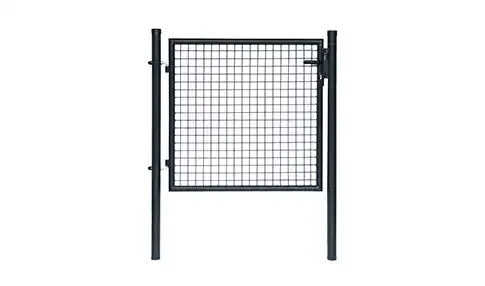Effective Strategies for Installing Sheep Netting Fences in Pastures and Livestock Enclosures
أغسطس . 13, 2024 05:22
The Benefits of Sheep Netting Fences for Sustainable Agriculture
In the realm of sustainable agriculture, the management of livestock is critical to both animal welfare and environmental health. One of the most effective tools for this purpose is the sheep netting fence. This specialized fencing solution offers a multitude of benefits for farmers looking to create safe and productive environments for their flocks, while also promoting ecological balance.
Understanding Sheep Netting Fences
Sheep netting fences are specifically designed to contain sheep while allowing for the free passage of light and air. Constructed from durable materials such as galvanized steel or high-density polyethylene, these fences consist of vertical and horizontal wires arranged in a grid pattern. The spacing of the grid is strategically designed to keep sheep in while also deterring predators, creating a secure area for grazing and resting.
Enhanced Animal Safety
One of the primary advantages of sheep netting fences is the enhanced safety they provide. Sheep are naturally curious animals, and they require a safe environment to graze and explore. A properly installed sheep netting fence prevents them from wandering off into roads or other hazardous areas. Additionally, these fences act as a barrier against predators like dogs, foxes, and raptors, reducing the incidence of livestock loss and ensuring the wellbeing of the animals.
Improved Grazing Management
Another significant benefit of sheep netting fences is their role in rotational grazing systems. Farmers can easily create smaller grazing paddocks, allowing them to manage their sheep's grazing patterns more effectively. This practice helps to prevent overgrazing and allows the land to recover between grazing periods. By promoting healthier pastures, farmers can improve soil quality and reduce the need for chemical fertilizers, thus fostering a more sustainable agricultural practice.
sheep netting fence

Cost-Effectiveness and Durability
In addition to their practical applications, sheep netting fences are a cost-effective solution for farmers. While the initial investment may be higher than traditional barbed wire fencing, the long-term durability of netting fences can lead to significant savings over time. Galvanized materials resist rust and wear, ensuring that the fence remains effective for years without frequent maintenance. This durability means farmers can allocate resources elsewhere, enhancing their overall productivity.
Environmental Benefits
Adopting sheep netting fences contributes positively to environmental sustainability. By managing grazing more effectively and reducing overgrazing, farmers can help maintain healthier ecosystems. Healthy pasturelands support biodiversity, provide habitats for various species, and improve soil health through natural nutrient cycling. Additionally, controlled grazing can reduce the risk of soil erosion and promote better water retention, crucial factors in sustainable land management.
Aesthetics and Versatility
Sheep netting fences are not only functional but also aesthetically pleasing. Their design allows for a more natural look that blends well with the landscape, making them preferable for farmers who value the visual appeal of their property. Furthermore, their versatility means they can be used for other livestock, gardens, and even wildlife management, making them an invaluable addition to any agricultural operation.
Conclusion
Overall, sheep netting fences offer a multifaceted solution for farmers aiming to enhance livestock management, improve pasture health, and promote sustainability in agricultural practices. Their benefits extend beyond mere functionality; they represent a commitment to animal welfare and environmental stewardship. Investing in sheep netting fencing can be seen not only as a financial decision but as a proactive step towards building a healthier future for both agriculture and the planet.




















